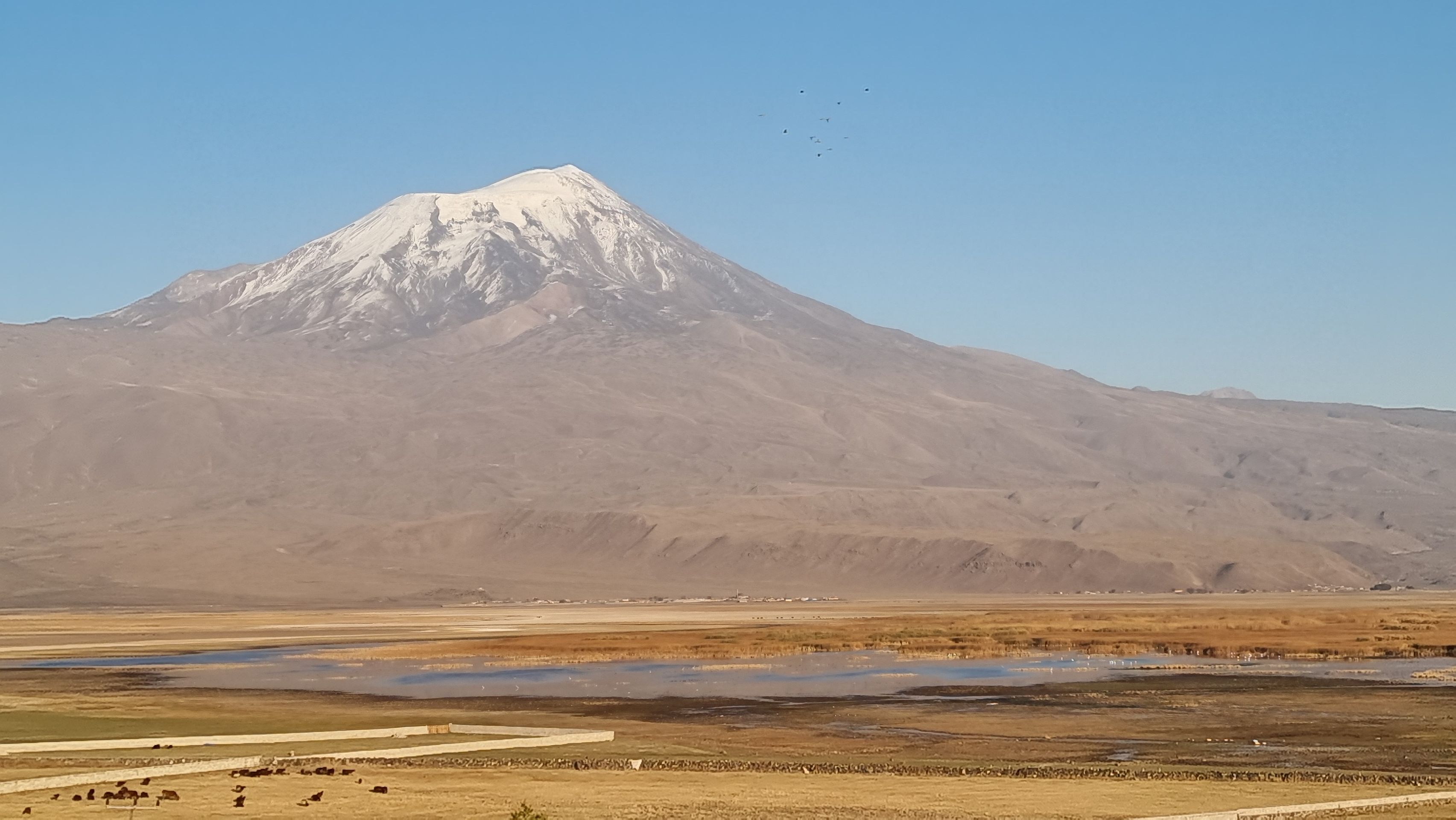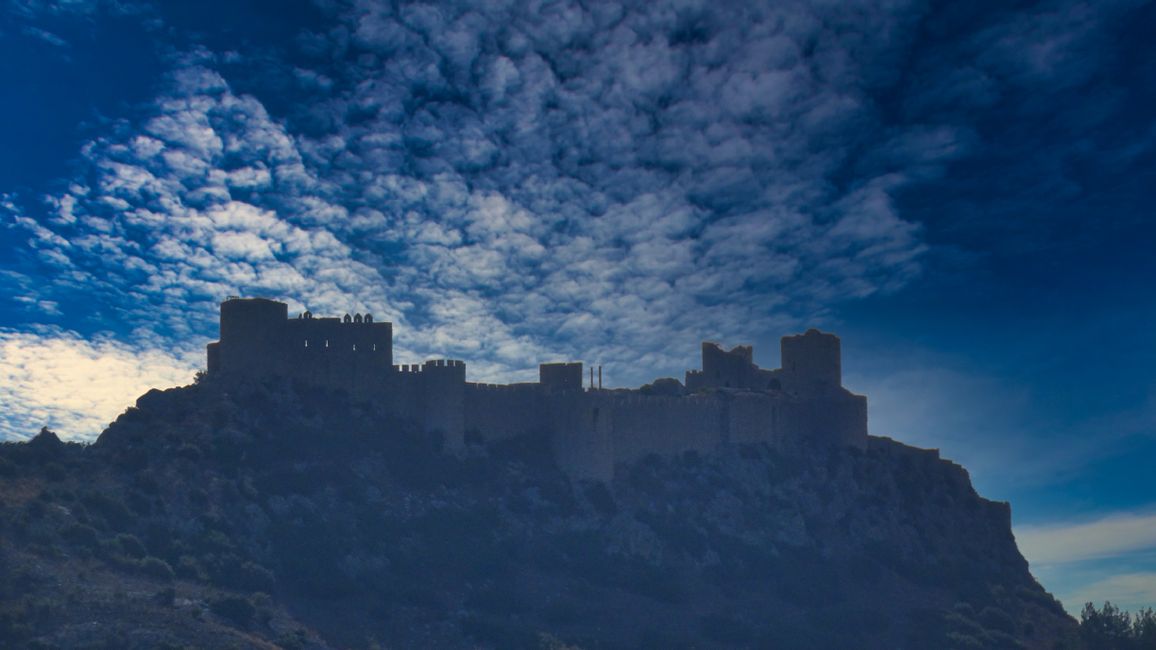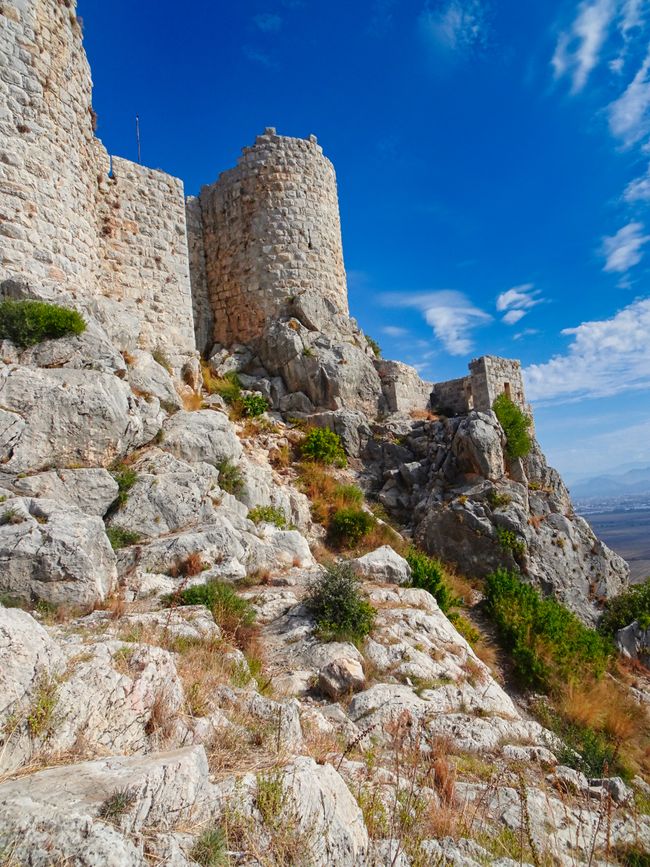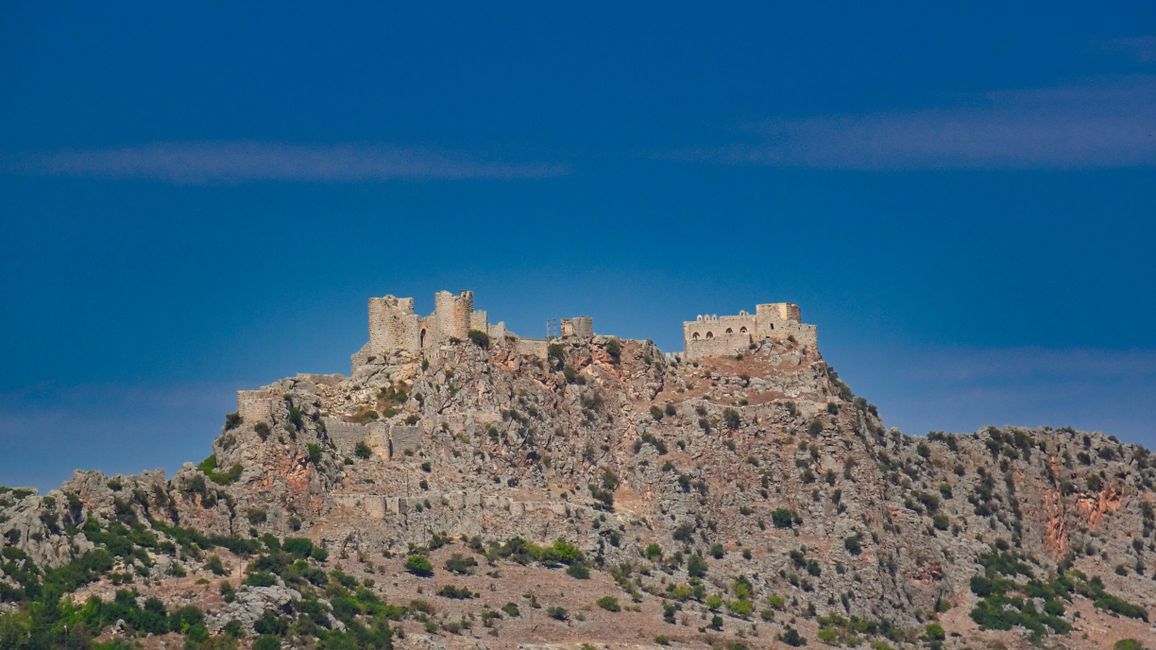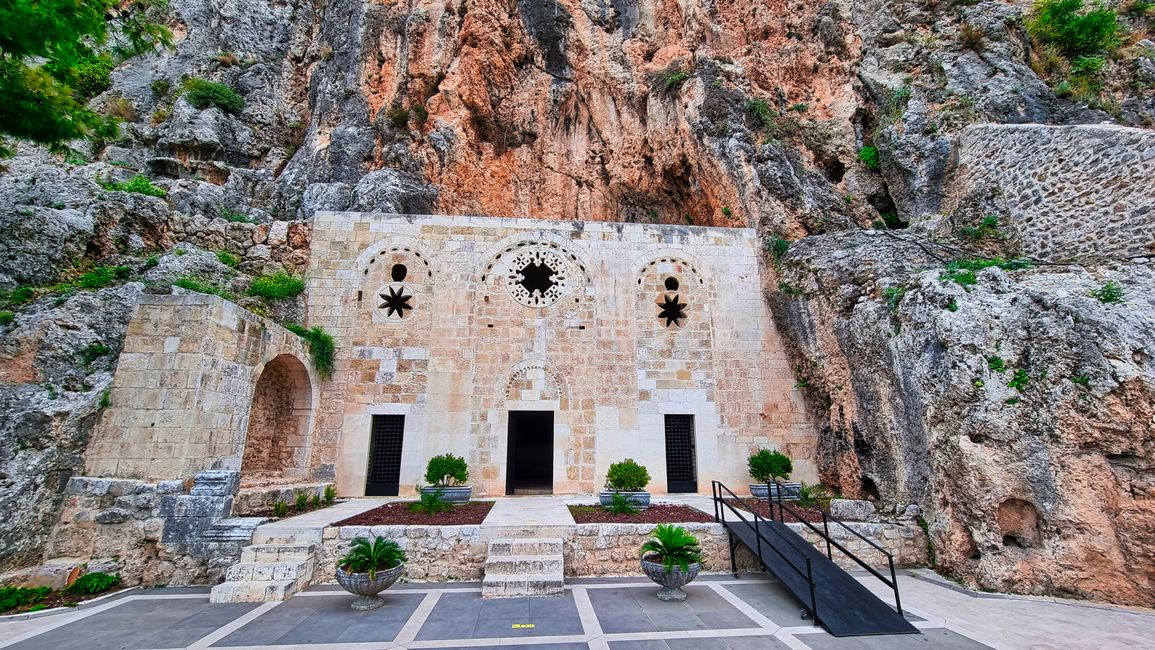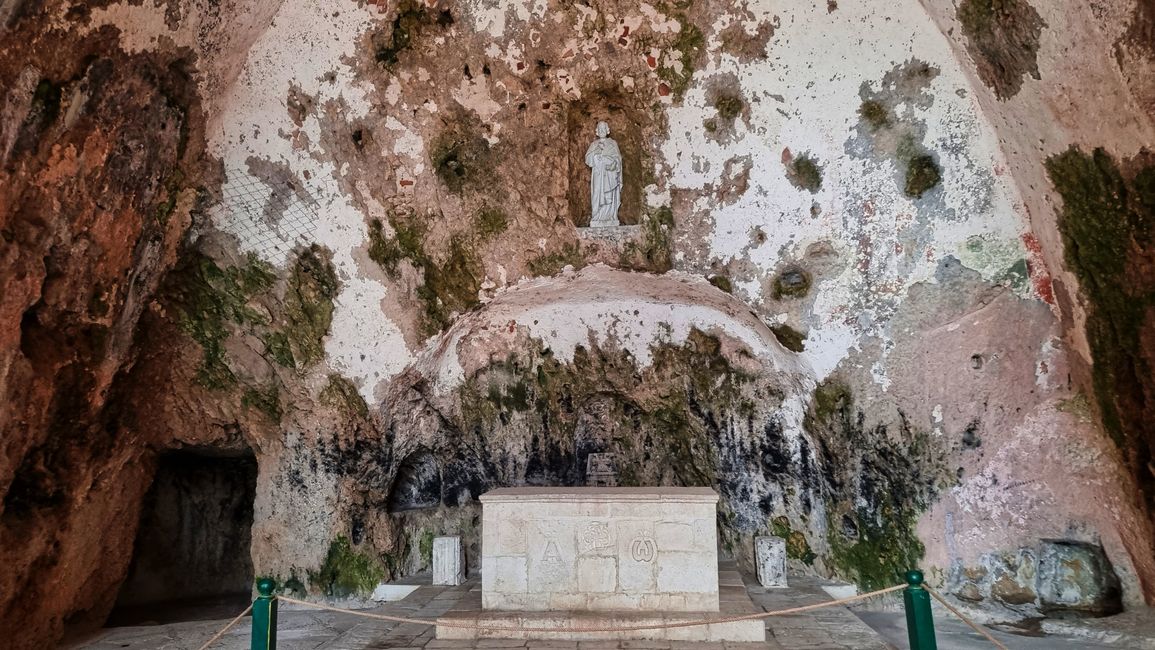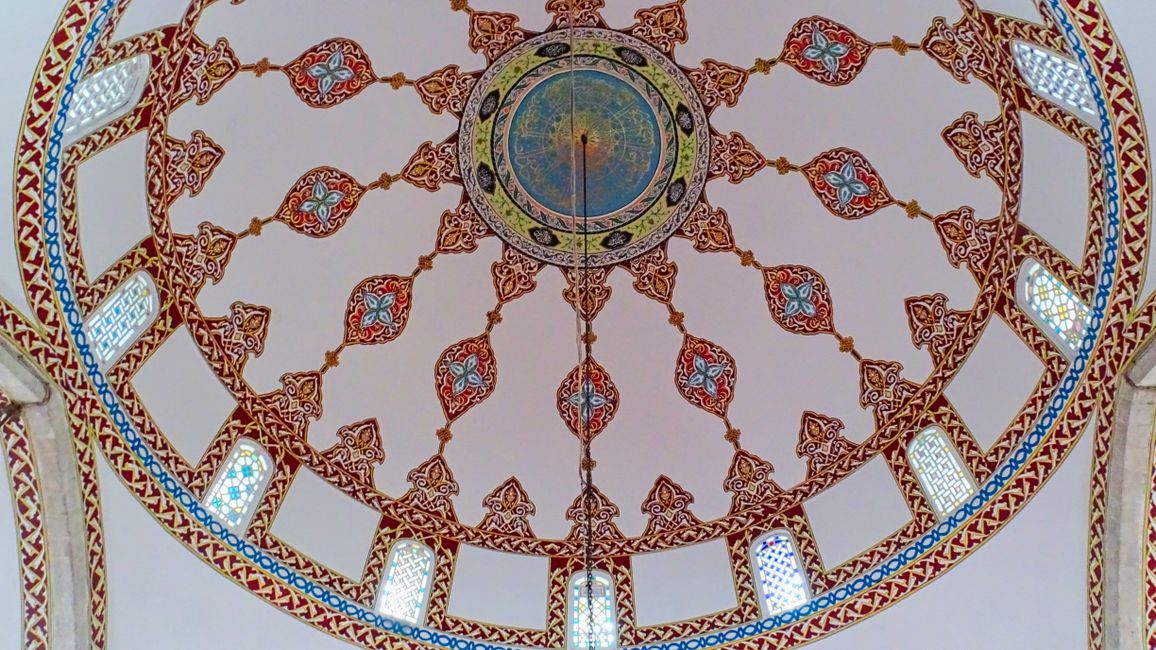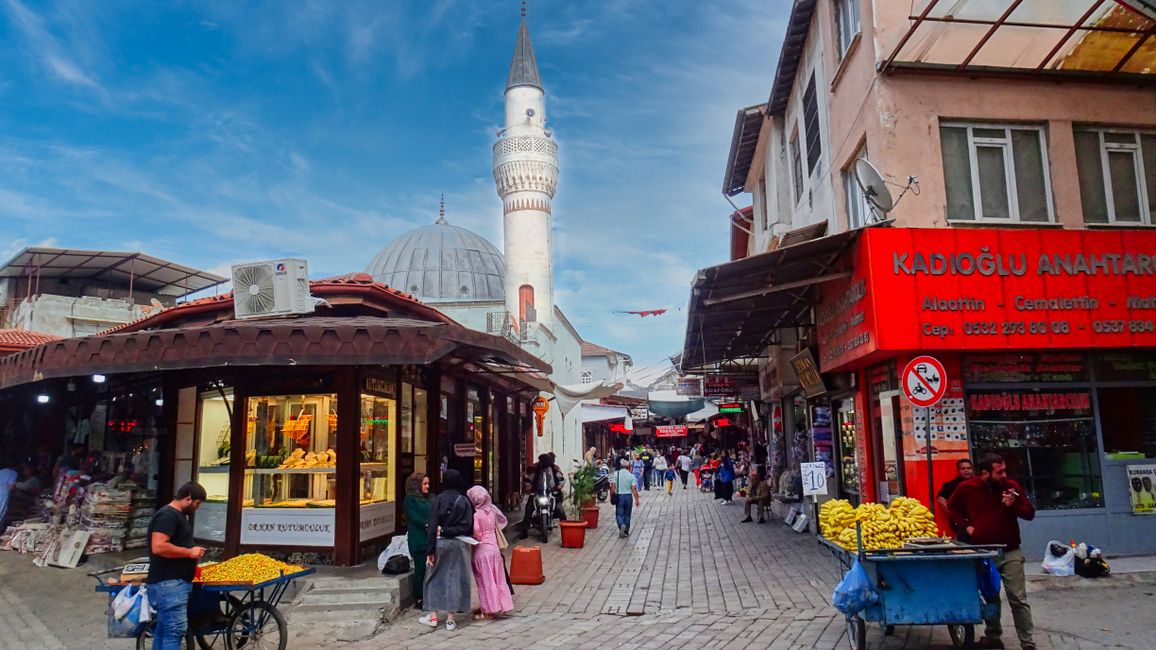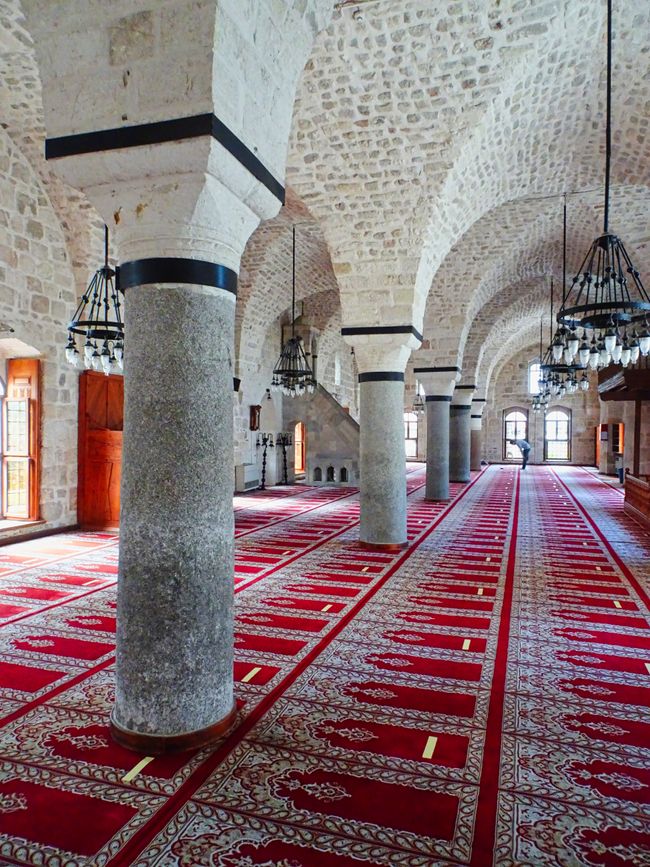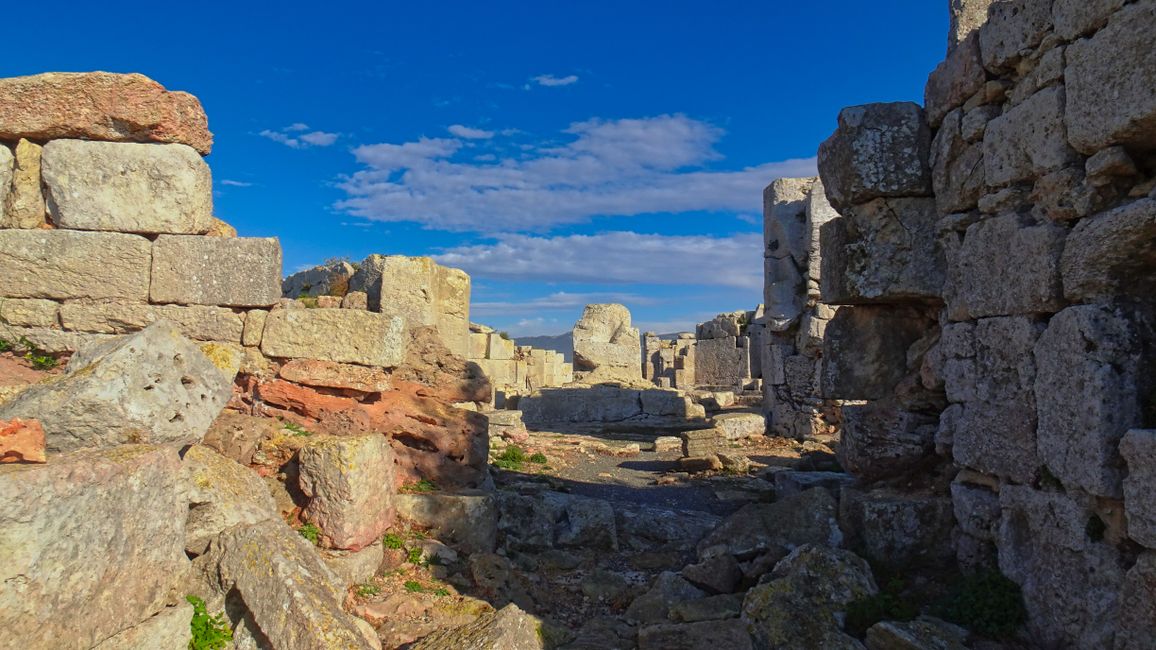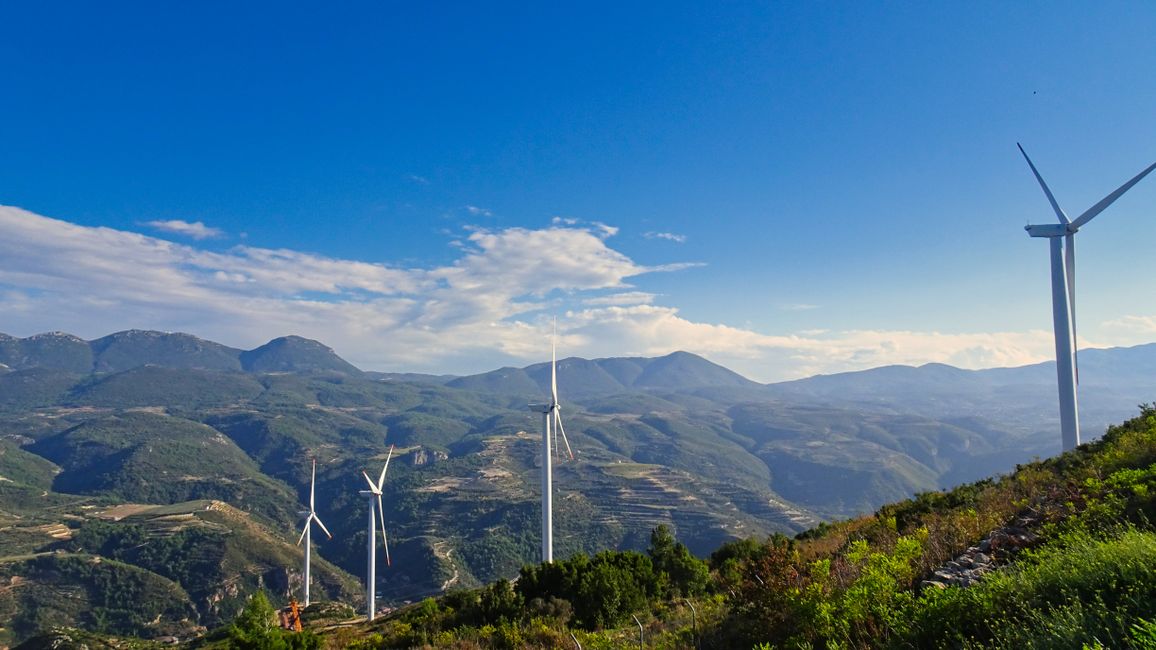Don Curry wants to reach new heights
Нашр шудааст: 19.10.2021
Don Curry owns a smartwatch. It not only shows him the time, but also his next appointment in the calendar or the current weather forecast. But above all, it controls him. It tracks every step he takes, calculates the distance traveled, the calories burned, and at the end of the day, it knows how many floors he has climbed, even if there are no actual floors in nature. The watch simply measures the change in altitude and translates it into imaginary floors. On some days of his journey, Don Curry has climbed over 30 or even 40 floors - quite an achievement. Don Curry has the impression that sights are often located high up so that you have to climb up to them.
But first he had to go down, from the 14th floor to breakfast on the ground floor. But the watch doesn't count elevator floors, and definitely not downwards. Since Hilton doesn't suffer from a lack of personnel, every guest was assigned a personal breakfast assistant who accompanied them to all departments of the buffet and put what they desired on a plate. Drinks like coffee, tea, or juice were served separately. The breakfast buffet itself was extensive, but as a self-made expert on 'breakfast in Turkish hotels', Don Curry had experienced significantly better.
His itinerary for today would take him to two historical landscapes, to Lesser Armenia and to Hatay, the southernmost tip of Turkey, which borders Syria to the south and east. The Kingdom of Lesser Armenia was a state dominated by Armenians between Byzantium and the Crusader states or the Caliphate for almost 300 years in the Middle Ages. One of the Armenian fortresses, the Yilan Kalesi (= Snake Castle), rises picturesquely on a small isolated rock massif. Don Curry wanted to go there, even if the destination was once again high up. He could cover half of the altitude with Insignia on a narrow road. The footpath started promisingly with neatly laid stone slabs. But the higher Don Curry went, the worse the quality of the path became. The stone slabs were soon followed by an unpaved dirt road that became increasingly rocky. Finally, Don Curry caught sight of the gate of the outer defensive wall, about 30 meters above, and there was - no path! The castle visitor had to try to overcome the rocks to the gate on his own. Don Curry climbed up with difficulty, went through the gate, and saw not an inner courtyard, but instead a natural and completely uneven rocky landscape. The Armenians had only built the walls, leaving the rocky ground exactly as it was. Maybe it had been covered with dirt in the past, Don Curry thought, or there were wooden plank structures. But nothing of that remained. Don Curry climbed up to the next gate, repeatedly sliding back a bit on the smooth rock or gravel. The difficulty level continued to increase. Although he reached the wall on the other side of the second 'inner courtyard', he did not dare to continue on the path to the upper castle. It would have required good mountain or at least hiking shoes to conquer the increasingly steep rocks. This fortress still successfully defends itself against the attack of foreign (tourist) hordes. Don Curry could not conquer it completely either.
At the next destination, he could claim significantly more successes for himself. The present-day city of Antakya, capital of Hatay and often referred to as Hatay itself, is the successor of ancient Antioch. Both Peter and Paul were active there in the past, and the local Christian community was among the earliest. Don Curry directed his vehicle to the so-called Cave of St. Peter and soon stood in front of that natural cave that is said to have served as a secret meeting place for early Christians. Therefore, it is often referred to as the first church ever. In the Middle Ages, the cave was artificially enlarged and closed off by a wall, which actually gave the whole thing the appearance of a church. The almost empty dark cave church space with a statue of Peter and remnants of floor mosaics had a spiritual effect. The long journey was worth it, Don Curry thought.
Since he was already in Antakya, he also wanted to visit the two most important mosques in the city. After initially unsuccessfully searching for a parking space, he simply left his car, including the keys, in one of the numerous parking lots, whose owner seemed very excited to have a non-Turkish customer. Don Curry took it easy, strolled through the extensive old town bazaar, and found the Habibi-Neccar Mosque with its beautiful decorations, and the very traditional Ulu Mosque, which largely does without adornments.
Back at the parking lot, the excitement of the operator had calmed down by now, and he probably charged Don Curry the non-Turkish rate of €2; but he also stopped traffic on the very busy main road so that Don Curry could leave comfortably and safely. The next destination should be a monastery. Google Maps knew this monastery, but could or would not offer any route to get there. So Don Curry headed for the Armenian village of Vafliki.
Suddenly, he saw a sign at the side of the road pointing to the desired monastery. He turned around and drove towards the sign. More signs followed. He had probably never seen so many signs for the same tourist attraction, and they all pointed uphill. Insignia kept climbing higher and higher into the mountains, reaching an area with dozens of wind turbines positioned at different heights. The sight was more than bizarre! At the end of the road, Don Curry ended up on the summit of the highest mountain. The monastery was located here, or rather its ruins. The way back goes back to a saint named Simon, who had a very special way of life in the late 4th century. He built a tall pillar and decided never to leave it again. Another Simon had already lived in a similar way, whose monastery is now located in the area of present-day Syria. Our Simon Stylites (= the pillar dweller) is therefore also referred to as the younger one. However, this biographical copycat did not detract from his veneration. More and more people wanted to be close to him, be it as pilgrims or as monks. In this way, a larger and larger monastery grew around the pillar, which could live quite well from the donations of the pilgrims. Simon's pillar was also repeatedly renewed and built even higher. He lived at the top for over 60 years and enjoyed splendid views of the mountains in the east and the Mediterranean coast in the west. Only ruins remained of the numerous monastic buildings; but Don Curry also caught sight of the huge foundation of Simon's pillar. No, living like that was too high for Don Curry...
Time was passing, and Don Curry only had a few minutes for the only village in Turkey still inhabited by Armenians. He at least took a photo of the interior of the Armenian church through an open window. Then the long journey back began, which he had to complete more and more in the dark. But on the highway and subsequently in the city of Adana, it didn't matter so much.
Originally, Don Curry's plan was to go to dinner in the old town of Adana today, but he felt too tired for that. So he stayed in the Hilton restaurant, ordered a grilled tomato soup, a club sandwich, and a draft Efes beer. Then he just drove up to the 14th floor. It's easy to reach great heights with an elevator...
Ҷавоб
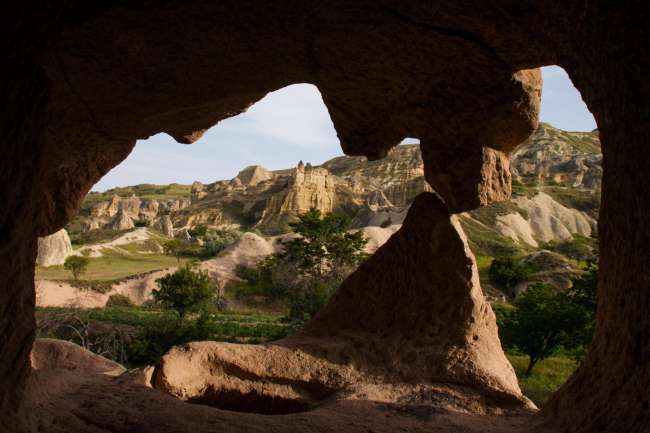
Ҳисоботи сафар Мурғи марҷон
